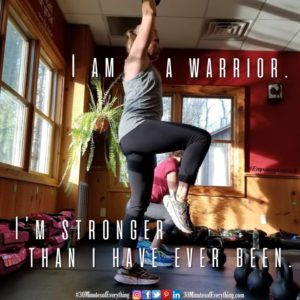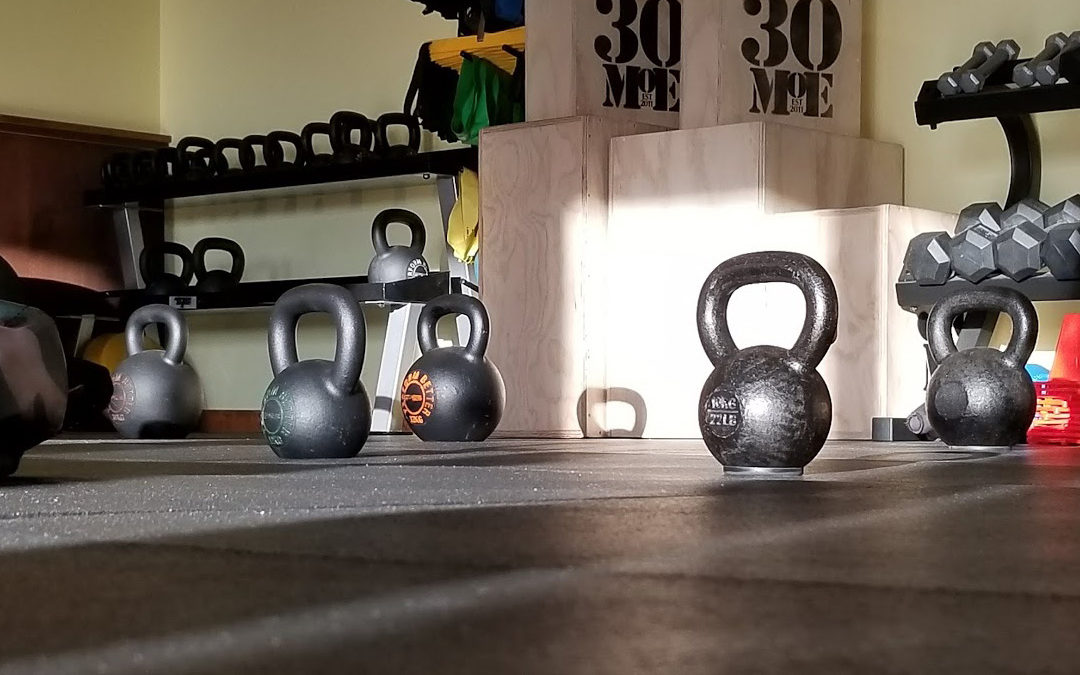Going into my doctoral program, I was way into fitness and strength training. At the time, my background was working with athletes at the Naval Academy, University of Dayton, and the University of Georgia. I continued working with athletes while I was getting my doctorate in Exercise Science & Gerontology (older adults). I discovered there was a cross-over between athletes and older adults. What? The need for power generation. Athletes train for power to help their performance. Typically, older adults train for strength. That’s all well and good, but think about this for a moment. Strength is your ability to exert a force, to move something. Power is your ability to generate that force quickly. If an older adult only strength trains, they’re strong, but does that translate to their “sport” (daily life). Reflexes decrease with age so it would make sense that older adults also needed some sort of power training to boost their muscle speed. Why is this important for an older person to have power? Real life example: a person trips. Lower body strength is what allows them to push themselves back to standing position. BUT, lower body power is needed to get their foot out in front of them quickly in order to use that strength. In this example, strength is useless if the older adult can’t even get their leg in front of them (which requires power). Totally makes sense! So, here’s my  dissertation question: What is the effect of strength and power training on physical function in community dwelling older adults?
dissertation question: What is the effect of strength and power training on physical function in community dwelling older adults?
A generous sample of adults over age 65 volunteered for my study. They were all medically cleared to participate. They were randomly divided into 3 groups – power training, strength training, and control. The control group attended 3 lectures, but didn’t participate in the exercise program. The exercise groups worked out 3 days/week for 16 weeks! The power training group lifted a sub-max weight quickly while the strength group lifted a heavy weight at a standard speed. This group of older adults were incredible! They showed up every day ready to exercise and wanting so badly to do their best every time, and they did! We tested their physical function using the Continuous Scale Physical Functional Performance Test. This uses real life tasks to assess physical outcomes (strength, flexibility, endurance). After 16 weeks, we found that the power training group performed better on this test! Power training won!
This means that a bit of power training is needed to improve daily function, for everyone. This isn’t about jumping to be more powerful because you can increase power just by increasing your speed of movement. By changing intensity in class we are covering power and strength! Here are a few examples: side lunge = strength, agility hop fast = power; deadlift = strength, kettlebell swing = power; squat = strength, mini squat = power; chest press = strength, rope = power. See the difference? This week I’ll point out the power vs. strength movements.
To gain the most benefit for your daily life, add power training. 🙂
Click HERE to read my published article (if you’d like of course!).

